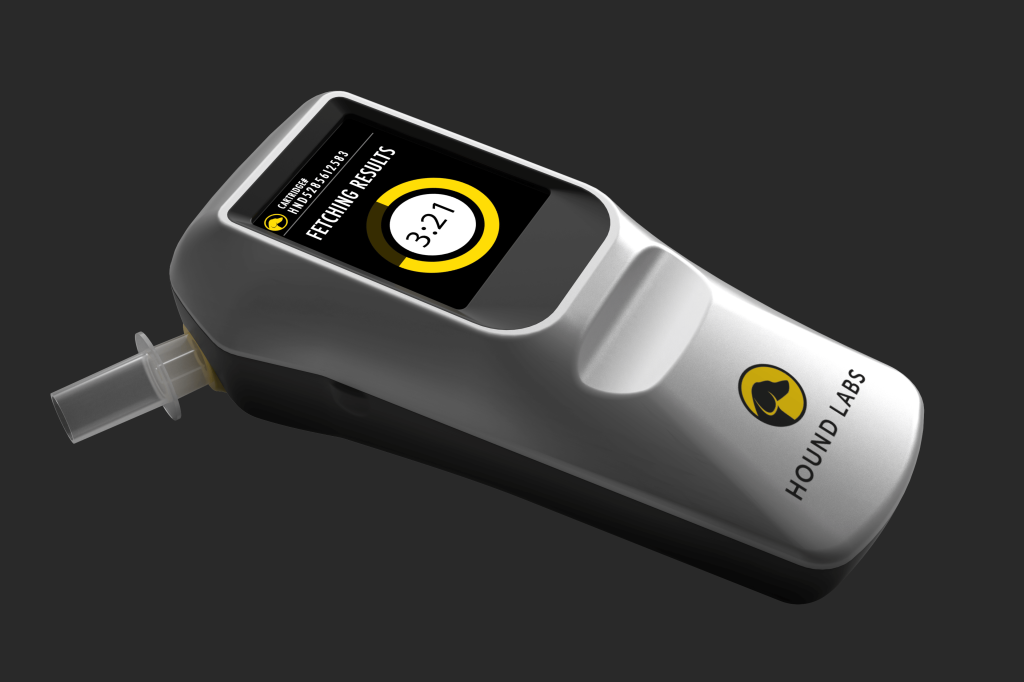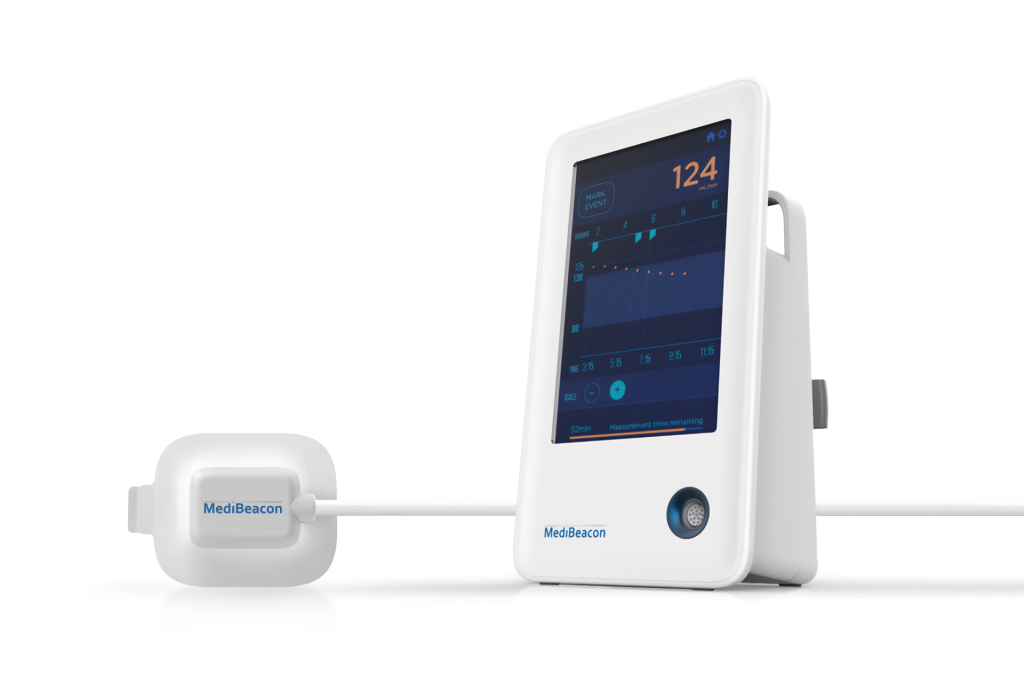
At-Home Quantitative Diagnostics
Client
BARDA
Practice Areas
Challenge
To address critical needs identified by the Biomedical Advanced Research and Development Authority (BARDA), Triple Ring was awarded a contract to design, build, and test a low-cost multiplexed quantitative biomarker detection platform for lab-at-home and low resource settings.
Outcomes
Triple Ring and a close collaborator, in a project funded by the Biomedical Advanced Research and Development Authority (BARDA), have developed a low-cost, user-centric, diagnostics platform for multiplexed quantitative biomarker measurements in patient samples. This novel platform was designed for use in CLIA-waived in vitro diagnostic settings and is notable for its low manufacturing cost. The platform supports lab-at-home, point of care (POC), and direct to consumer workflows especially in low-resource settings. Triple Ring’s consolidated expertise across biological, electrical, embedded software, mechanical, and optical systems enabled a robust design capable of quantifying biomarker concentrations from multiplexed lateral flow immunoassay (LFA) test strips. Additionally, the system was demonstrated to extend the quantitative measurement range beyond that of typical lateral flow assay readers. Currently, the team is performing systems integration and testing for a handheld version of the diagnostic device.
Triple Ring Value Proposition
- Multidisciplinary team including biochemistry, assay development, biology, computer science, optics, and multiple engineering disciplines to design, build, and test complex systems with very low manufacturing costs
- Focus on building transformational platforms and capabilities to target unmet needs in the in vitro diagnostics space, including development for low-resource and remote settings
- Valuable IP creation
- Company formation services through General Inception venture studio
At-Home Quantitative Diagnostics
Challenge
To address critical needs identified by the Biomedical Advanced Research and Development Authority (BARDA), Triple Ring was awarded a contract to design, build, and test a low-cost multiplexed quantitative biomarker detection platform for lab-at-home and low resource settings.
Outcomes
Triple Ring and a close collaborator, in a project funded by the Biomedical Advanced Research and Development Authority (BARDA), have developed a low-cost, user-centric, diagnostics platform for multiplexed quantitative biomarker measurements in patient samples. This novel platform was designed for use in CLIA-waived in vitro diagnostic settings and is notable for its low manufacturing cost. The platform supports lab-at-home, point of care (POC), and direct to consumer workflows especially in low-resource settings. Triple Ring’s consolidated expertise across biological, electrical, embedded software, mechanical, and optical systems enabled a robust design capable of quantifying biomarker concentrations from multiplexed lateral flow immunoassay (LFA) test strips. Additionally, the system was demonstrated to extend the quantitative measurement range beyond that of typical lateral flow assay readers. Currently, the team is performing systems integration and testing for a handheld version of the diagnostic device.
Triple Ring Value Proposition
- Multidisciplinary team including biochemistry, assay development, biology, computer science, optics, and multiple engineering disciplines to design, build, and test complex systems with very low manufacturing costs
- Focus on building transformational platforms and capabilities to target unmet needs in the in vitro diagnostics space, including development for low-resource and remote settings
- Valuable IP creation
- Company formation services through General Inception venture studio
Client
BARDA
Practice Areas


It’s very rewarding to work with our collaborators to develop new diagnostic tools to help protect the health of some of the most vulnerable populations around the world.


